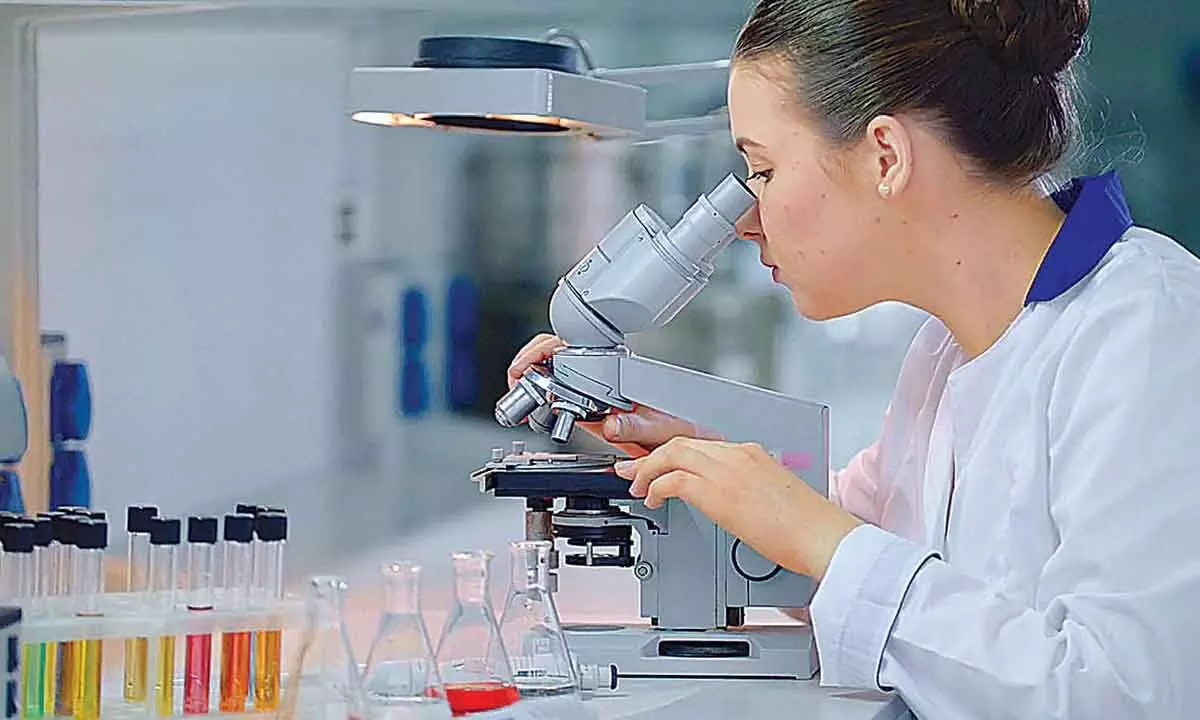Researchers develop AI model to predict protein-DNA binding accuracy

A new Artificial Intelligence (AI) model that can accurately predict how different proteins bind to DNA has been developed to help reduce the time required to develop new drugs and other medical treatments, according to a study.
New Delhi : A new Artificial Intelligence (AI) model that can accurately predict how different proteins bind to DNA has been developed to help reduce the time required to develop new drugs and other medical treatments, according to a study.
The novel technology, developed at the University of Southern California, US is named Deep Predictor of Binding Specificity (DeepPBS).
DeepPBS is a geometric deep learning model specifically designed to predict protein-DNA binding specificity from the structures of protein-DNA complexes.
By allowing scientists to input the data structure of a protein-DNA complex into an online computational tool, DeepPBS provides a faster and more efficient method for determining how proteins interact with DNA.
“DeepPBS is an AI tool that eliminates the need for high-throughput sequencing or structural biology experiments to determine protein–DNA binding specificity,” said Remo Rohs, Professor at the USC’s Dornsife College of Letters, Arts, and Sciences.
DeepPBS uses a geometric deep learning model, a Machine Learning approach that analyses data using geometric structures.
This AI tool captures the chemical properties and geometric contexts of protein-DNA interactions to predict binding specificity.
Unlike existing methods that are often limited to one protein family, DeepPBS can predict binding specificity across various protein families.
“It is crucial for researchers to have a universal method that works for all proteins and is not restricted to a well-studied protein family. This approach also enables us to design new proteins,” Rohs added.
Building on advances in protein-structure prediction, such as DeepMind’s AlphaFold, DeepPBS complements these tools by predicting binding specificity even for proteins without available experimental structures.
This innovation could accelerate the design of new drugs, enhance treatments for cancer mutations, and lead to breakthroughs in synthetic biology and RNA research.
We have come a long way since 1953 when Francis Crick and James Watson had just invented the word DNA, a moment that has since become legendary.




















